GĐXH - Japan is the only country in the world that has abandoned Lunar New Year, but New Year in Japan still has strong traditional Eastern cultural features.
Why does Japan celebrate New Year's Eve and not Lunar New Year?
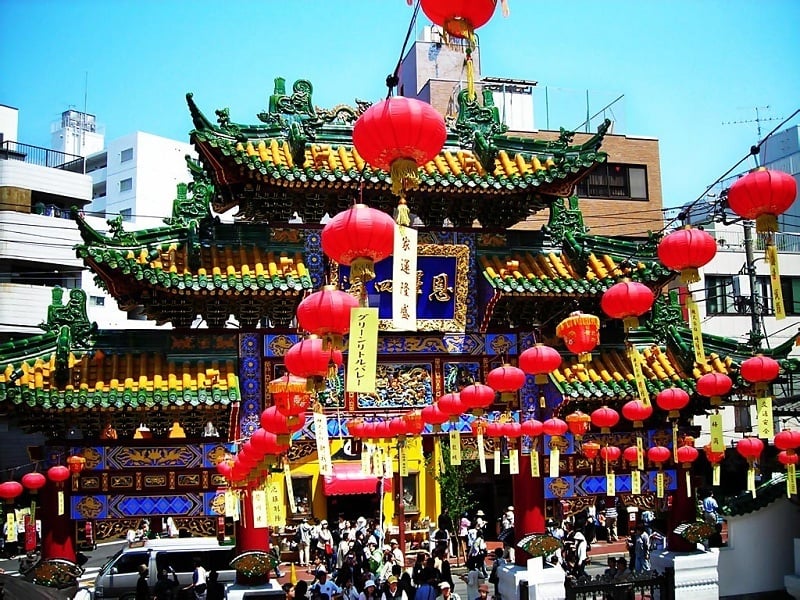
New Year's festival with many special activities.
Since the 6th century AD, Japan has used the Chinese lunar calendar and celebrated the Lunar New Year like other Asian countries. However, since 1873, the Japanese decided to abandon the celebration of the Lunar New Year.
Specifically, the Japanese have adopted the Gregorian calendar (solar calendar) with the desire to catch up with the West. They believe that eliminating the Lunar New Year will help Japan reduce the number of holidays for people and workers to focus on work, increase production, develop the economy ...
By abandoning the Lunar New Year, Japan celebrates the New Year on January 1st of the Gregorian calendar and calls it New Year's Day (Ganjitsu). Therefore, this country will celebrate the New Year about 1 month earlier than its neighbors.
Initially, many Japanese people voiced their opposition, especially those in rural areas who still insisted on celebrating Lunar New Year because they thought that Lunar New Year fell in early spring, when the weather was warm. The time of New Year was very cold, not suitable for welcoming the New Year.
Despite this, Japan was determined to abandon the Lunar New Year and only give workers a long holiday on the occasion of the Solar New Year. Gradually, the Lunar New Year really ceased to be a major holiday in Japan.
How do Japanese people celebrate the New Year?
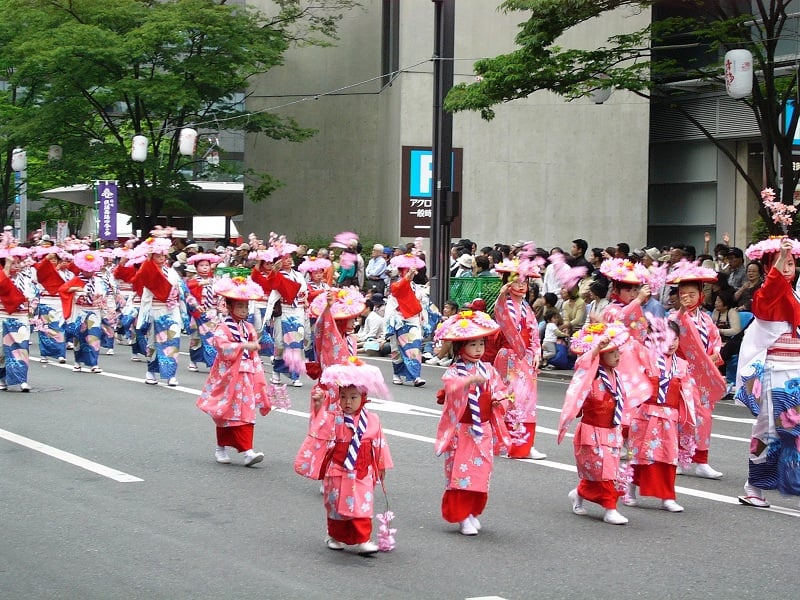
New Year's Day is bustling in Japan.
Although celebrating New Year according to the Western calendar, New Year in Japan still has strong traditional Eastern cultural features.
During the days before Tet, Japanese people are busy shopping, stores and shopping malls are always busy and bustling. In addition, to welcome the god Toshigami-sama to visit, they spend a lot of time cleaning their houses.
After that, the Japanese will decorate their houses to make them splendid from the outside to the inside. They do this on the 28th or 30th, because the 29th in Japanese sounds similar to "twice pain", so they avoid doing anything on this day. They place a decorative pine tree in front of the door because according to traditional beliefs, the god Toshigami-sama will descend to earth and take refuge in this tree. On the door frames, they decorate items such as white leaf weaving (symbolizing flawless purity), tangerines (symbolizing prosperity), grass ropes (offering to the gods to pray for fortune), and white paper strips (to ward off evil spirits).
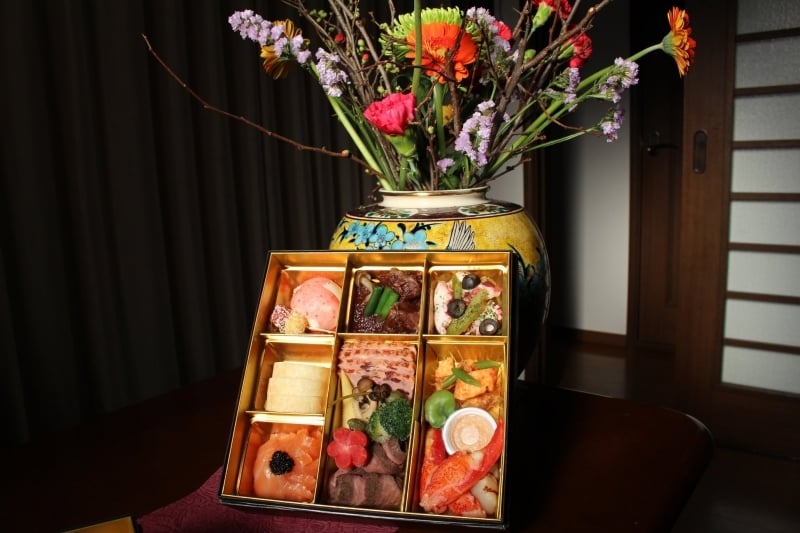
Osechi.
Japanese women will go into the kitchen to prepare dishes and make Tet cakes. Tet cakes are made on the 28th or 30th of Tet along with dishes such as taro ragu, carrots, and green vegetables to offer to the gods. Carrots symbolize the close and harmonious relationship between all family members. Taro symbolizes the power to ward off evil spirits. In addition, Tet dishes are also made from burdock roots, fish eggs, sweet potatoes, seaweed, chestnuts, and dried fish with the meaning of praying for all the good things to come in the new year.
On New Year's Eve, the whole Japanese family will have a New Year's Eve meal together. At the moment of New Year's Eve, the temples will ring the bells 108 times to drive away 108 evil spirits. The head of the family will read New Year's greetings and then the whole family will eat New Year's cakes and drink alcohol together. The Japanese believe that the god Toshigami-sama will infuse life into the New Year's cakes, so after the offering to the gods is finished, the cakes will be distributed for all family members to enjoy.
For the Japanese, going out at the beginning of the year is a big deal, so they will prioritize going to the temple to pray for good luck on the first day of the new year. Each year has a good direction, so the Japanese will go to the temple according to the direction of that year. When entering the temple, everyone must wash their hands and rinse their mouths before performing the ceremony.
From the first day of the New Year, Japanese people will visit their superiors, friends, relatives and loved ones to wish them a happy new year. They call the first three days of the New Year "three days of wishes". According to tradition, families prepare a notebook and pencil in front of the gate. The person who visits to wish them a happy new year will write down their address in the notebook to signify that they have visited the house. The Japanese also have the custom of giving lucky money to children for good luck like other Asian countries.
A special feature of the Japanese New Year's custom is giving New Year's cards. The Japanese take great pains to write greeting cards to send to friends and relatives to show their respect and concern. The Japanese post office will keep the cards and deliver them to the recipient on the first day of the New Year with good wishes.
Source: https://giadinh.suckhoedoisong.vn/gop-tet-am-voi-tet-duong-nguoi-dan-nhat-ban-don-nam-moi-ra-sao-172241223081840163.htm












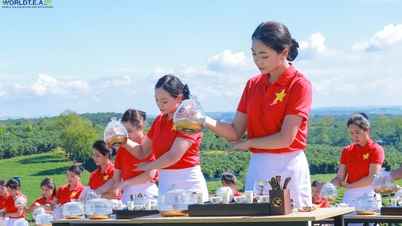


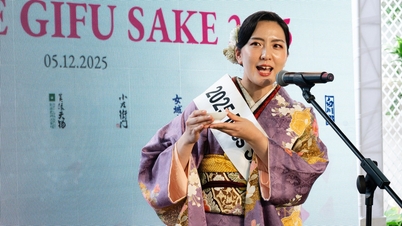





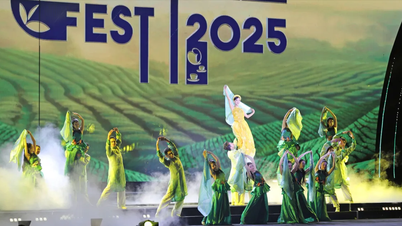



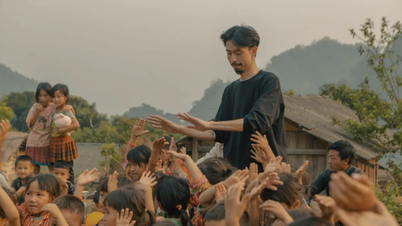
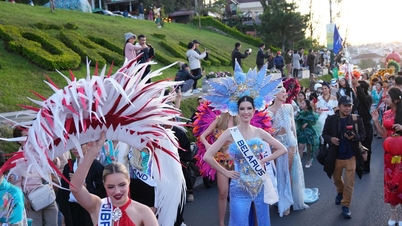






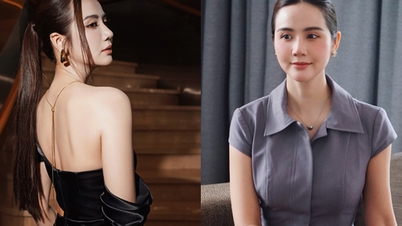
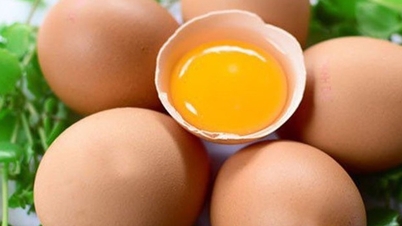
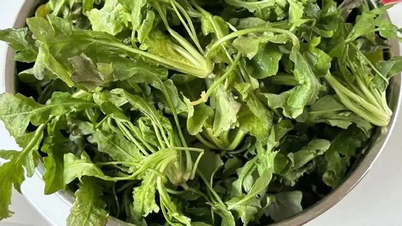
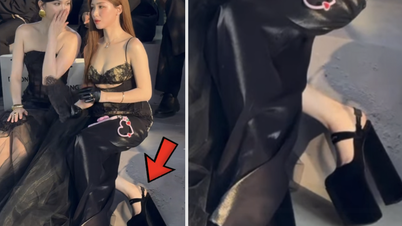

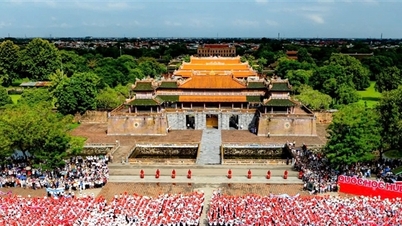

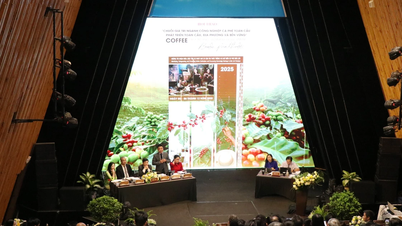

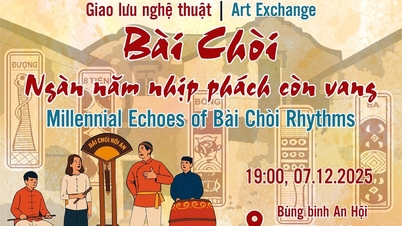

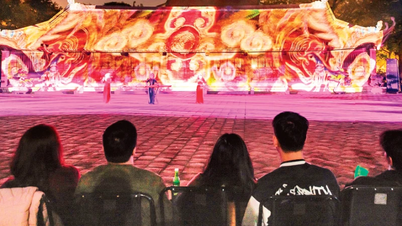

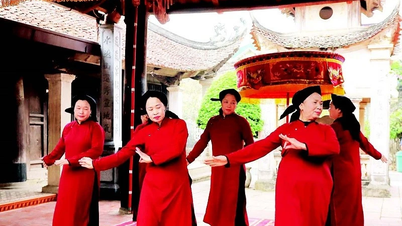
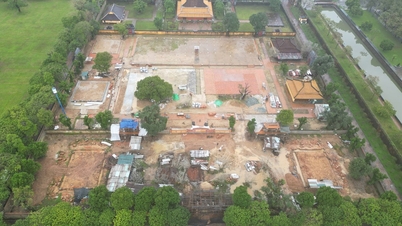
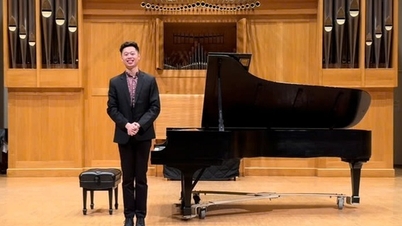
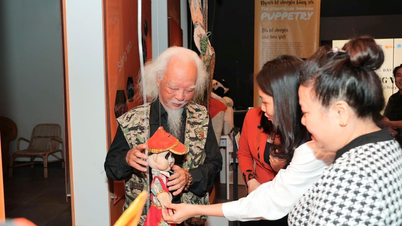
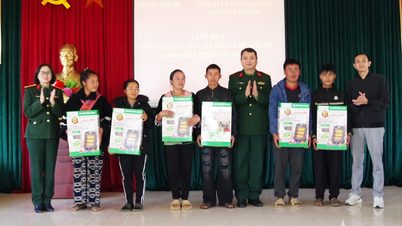




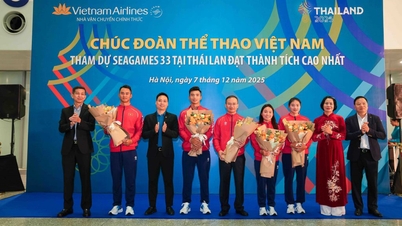


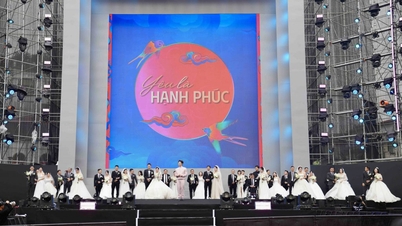









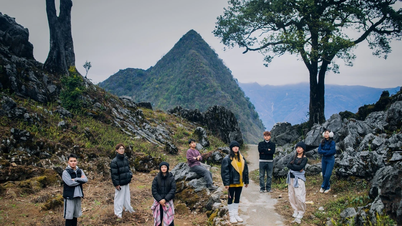
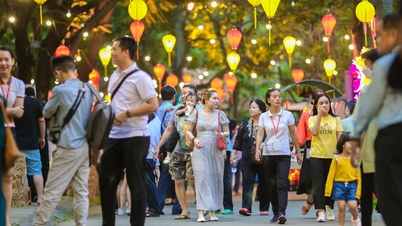


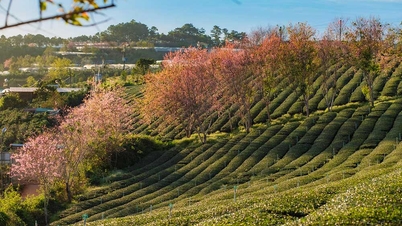

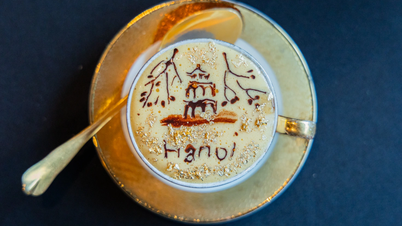

















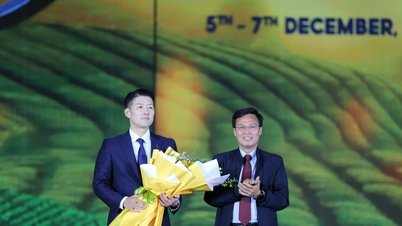


















Comment (0)